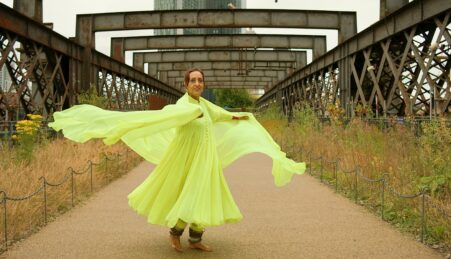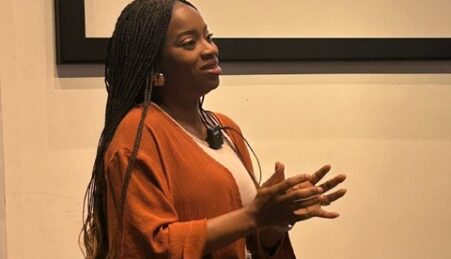By Frankie Richardson
As a lady who’s had her photograph taken a few times over the years, and who has to buy her bra’s in the 34 double huge section at Marks and Spencer, I feel like I’m in a position to wade into the plus size fashion debate that’s taking over the Twittersphere at the moment.
There are some that believe that plus sized fashion glorifies obesity and encourages an unhealthy lifestyle. Those people often believe that larger ladies shouldn’t be able to buy clothes, as Jamelia put it on Loose Women; “There should be specialist shops”, and usually the same people have a real dislike of the plus sized modelling industry. The other side of the argument says that these people are “body-shamers” that we should celebrate female beauty in all its forms, and many plus sized models are proud to be called plus sized, it’s a label which lets everybody know that they are part of a sea change in the industry which allowed women of bigger than size zero proportions to be seen in the media, which forced the fashion industry to become more inclusive than it once was.
Let’s start with clearing up a few facts. The term “plus sized” does not mean fat. It’s a term which refers to the fact that the majority of fashion samples come in a size 6-8, therefore bigger than that is non-standard and has its own category. Perhaps if high fashion designers stopped making dresses for pre-pubescent boys and looked at an average woman occasionally the term wouldn’t be so misleading. I am a plus sized model. I am 5ft11, a size 12, I have a 32 inch waist and I weigh about 10 and a half stone-ish I think (I rarely weigh myself). I eat well, I exercise, ok I might splurge on a burger occasionally or drink a bit too much sometimes but I’m not claiming to be a saint and overall I’m a pretty healthy girl. Most importantly for this article I am two dress sizes smaller than the average British woman. Am I an advert for obesity too Jamelia?
At this point people start flapping their arms madly and yelling “no we aren’t talking about you!! 12-16 that’s great! It’s the women who are a size 18, 20, 22 that we’re talking about! They’re the ones who shouldn’t be seen in the media and shouldn’t be able to buy clothes! They’re the ones making it cool to be fat!” And herein lies the problem. As a society we feel we have the right to police women’s bodies. We think we know who’s healthy and who’s not just by looking at them. Unless you are a person’s GP than you do not know how healthy/unhealthy they are, and therefore have no right to try and shut them out of society by refusing to allow them to buy pretty clothes.
We do have a problem with rising obesity in this country, it would be ridiculous to try and pretend we don’t. Often it’s a disease of poverty because cheap food is processed and stuffed full of salt and sugar. Sometimes it’s about lifestyle, too many hours sitting at a desk instead of being active, the human body didn’t evolve to sit in an office eight hours a day. Whatever each individuals circumstances the point is that obesity is happening because of much wider, societal problems and banning ladies (we never talk about fat men this way do we?) of any size from being represented in the fashion industry is dehumanising and wrong. Nobody would dream of telling a cancer patient she couldn’t wear her choice of dress because she’d dropped below a size 6, so what gives us the right to tell any woman she’s too big to look great? Perhaps, just perhaps, the body police who care so much about us curvy girls health should start lobbying the food industry and the government, to tackle the underlying causes of medical obesity, and leave me, and every other girl who’s ever felt inadequate because she couldn’t get a pair of Primark Jeggings over her backside, to get on with loving ourselves, just the way we are.
Frankie Richardson is in her first year studying a History and Sociology combined Honours Degree at Manchester Metropolitan University.





Leave a reply